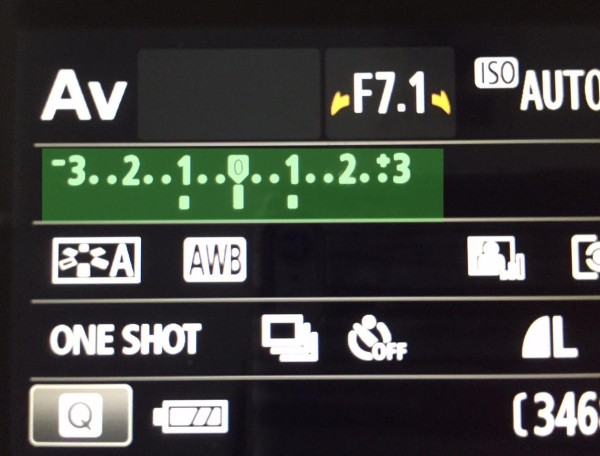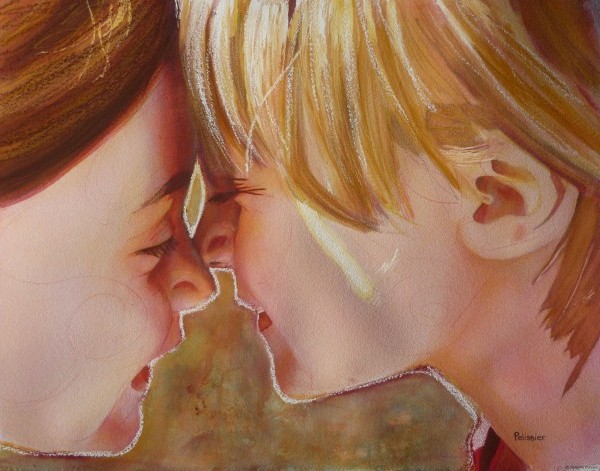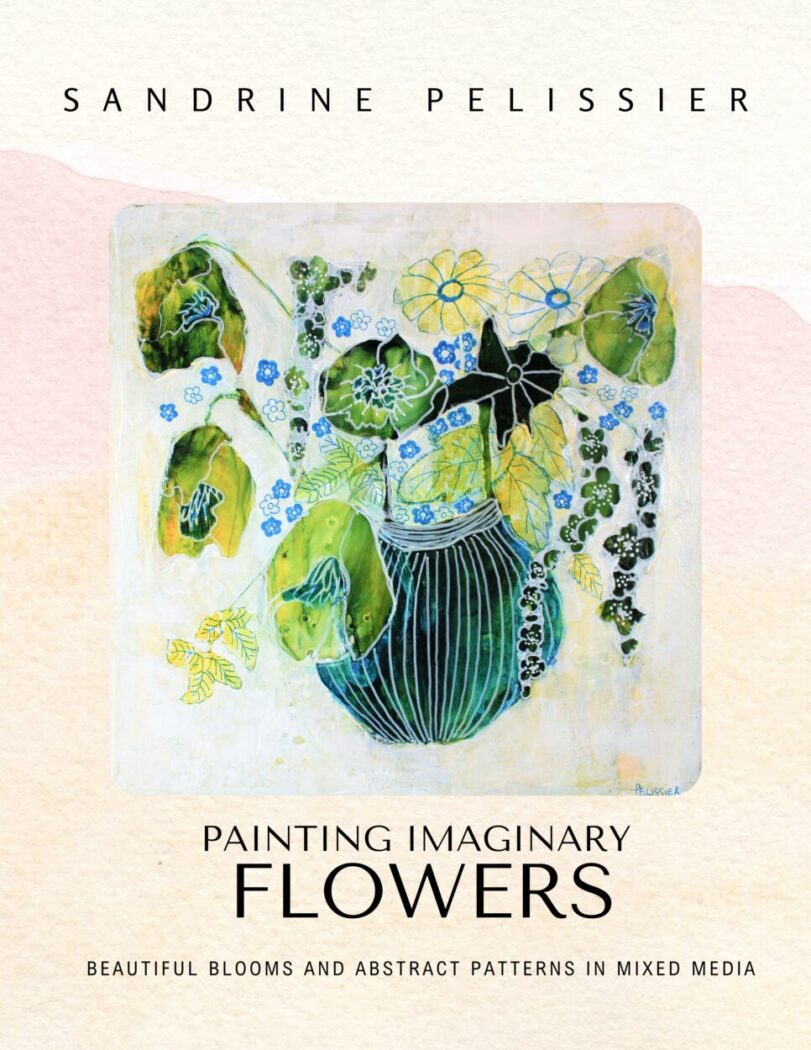How to paint a portrait from a reference picture: What to watch for?
August 17, 2015 2022-02-22 10:29How to paint a portrait from a reference picture: What to watch for?

How to paint a portrait from a reference picture: What to watch for?
Working from life when painting portraits is always the best solution, but it is not always convenient or possible, especially if working with children!Working from a reference picture is the next best thing but you will get better results if you know what to look for in your reference pictures. Here is a list of things to pay attention to if you are working from a reference picture to paint a portrait.
You might also like: A little Birdie told me, watercolor portrait and zentangle
Selecting the portrait pause:
If you are working with a life model, he or she will have to stay still for long periods of time. That means that they won’t be able to sustain a position that requires too much muscle strength, like staying with an arm in the air. This can work for short pauses but not for the time to make a precise drawing and even less for the time to make a detailed painting.
For portraits specifically, a big smile or an open smile with the teeth showing is very difficult to sustain without moving for a long period of time, try it if you don’t believe me:)
Sisters- Watercolor and mixed media on paper.
This kind of setting would be difficult to sustain for a long period of time.
That means that if you paint a portrait with someone smiling and their teeth are showing, or someone standing on one leg , it is obviously painted from a reference picture. It is not a problem of course but it won’t look like a portrait painted in a traditional way with your model sitting for you.
I did paint a lot of portraits of my children when they were young and it was not even a possibility to have them not move for 5 minutes, so I worked a lot from reference pictures, this allowed me to play with facial expression and positions that would not be sustainable if they had to pause.

Darks look darker on pictures than in real life
That will happen most of the time with pictures, the areas in the shade look darker than in real life. You can paint those dark areas lighter on your painting but the trouble is that you might loose a bit of details that are not visible on the picture but could be visible in real life. When painting from life it is easier to see all the subtle nuances of hue and tone in the shade.
In photography, the amount of dark and light in a picture is called exposure. Exposure is determined by the combination of three factors: Aperture, shutter speed and ISO.
One easy way to be able to see all the subtleties in areas both in the shade and in strong light is to take 3 versions of the same picture, with 3 different exposures. SLR cameras usually have the option of auto-bracketing exposure.

Most SLR cameras will give you the option of auto-bracketing the exposure.
That means that when you click on the shutter, your camera will take 3 pictures, one will be at the right exposure, one will be overexposed and one will be underexposed:
- The overexposed picture will let you see more details in the dark areas.
- The underexposed picture will let you see more details in the light areas

Image at the right exposure

Overexposed picture, in that case you can for example see details on the tee shirt and on the hair you don’t see on the first picture

Underexposed picture, it is easier to see subtle variations in the lightest areas on this version.
Lens distortion
Lens distortion happens when straight lines in real life become curvy on the picture, this happens usually with wide or extra wide lenses but can also happen if you are too close to your subject.

When taking a reference picture for a portrait, you want to avoid as much lens distortion as possible so your subjects don’t end up with a clown nose! Here is what you can do:
- Try to keep your subject in the central area, more distortion happen at the edges of the picture
- Don’t get too close, you can crop your picture to keep what you want later
- Place the lens parallel to your subject
















